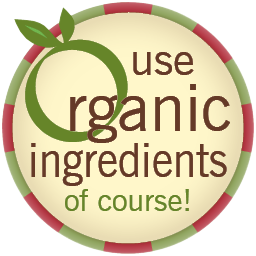Recipe of the Week |
|
|
|
I’m giving you my favorite crust recipe because it holds together when you’re rolling it out. The cream cheese keeps the dough pliable and adds a rich flavor—and no unhealthy shortening. You can flute your crust the way my mother did, or you can choose one of the other methods I’ve included. And to encourage the younger, up-on-technology set, I incorporated the use of a food processor, and I must confess, it sure sped things up.
Along with kitchen basics, you’ll also need either a food processor or a hand-held pastry blender, a rolling pin, a 9″ glass pie plate, and a metal pie ring (a pie ring doesn’t cost much, and I wouldn’t be without one). (Note: If you don’t have a food processor, use a pastry blender instead and follow the instructions below.) Directions














Alternate Edging MethodsIn the Pie Crust directions above, I described how to flute your pie like my mother did. If you want to try another method, here are three more. Scalloped Trim crust as in the fluting method (step 8), put the pie plate directly in front of you, and starting at the bottom of the plate (closest to you), put your index finger and middle finger from your right hand on the edge of the crust, spread apart about the width of your thumb, then take the thumb of your left hand and come into the “v” that your fingers form from the top. Push in with your fingers and push out with your thumb to create an indentation, or “scallop.” After you’ve made a few scallops like this, you’ll turn the pie plate clockwise so that you’re always working at the bottom of the circle. The methods below are easiest and don’t require trimming: Edged: Simply fold under excess crust and pinch dough together, creating a thick edge, working your way around the crust clockwise. Crimped: Simply fold under excess crust and pinch dough together, creating a thick edge, then press the tip of a fork into the edge, working your way around the crust clockwise.  scalloped
scalloped
 edged
edged
 crimped
crimped

|
TimelineKeep this general timeline in mind when planning for the big day: Thanksgiving Eve:
Thanksgiving Morning:
TipUse only glass pie plates. They conduct heat evenly, and as a bonus, you can easily see what’s going on with your crust just by peeking! Disposable foil pie plates are flimsy and can buckle; they’re also too shallow and hard to grip. |








